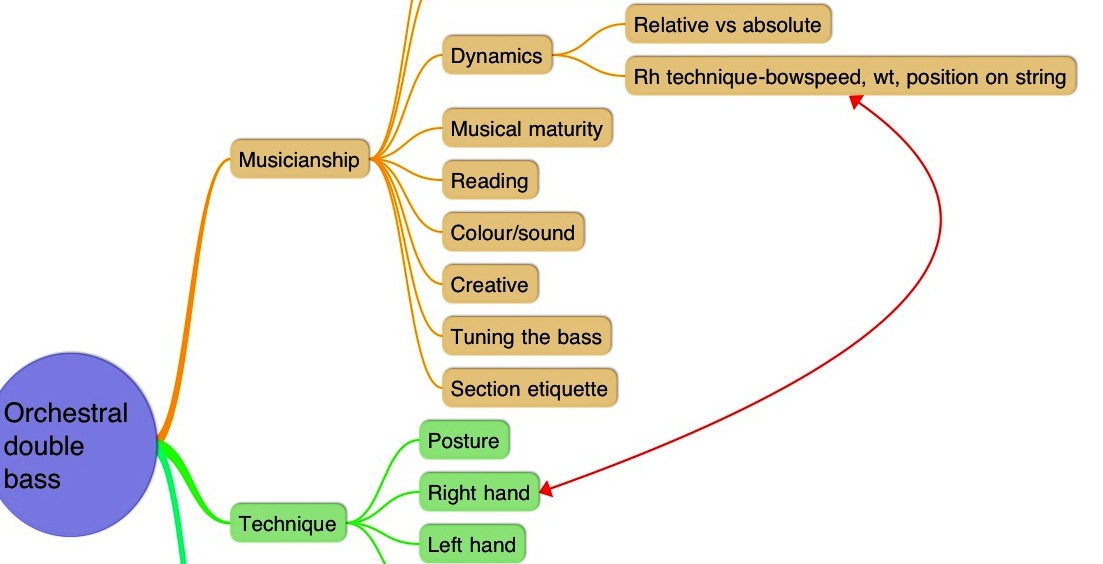dynamics

As bass players we can influence many aspects of the music in a string section
or indeed an orchestra. A bass section building thro a crescendo can push the
whole string section sound as if they are a surfer under a rising wave. The same
is true in quiet passages - if we resist the temptation to play too loud we can
pull the dynamic down.
Music is boring if played in a flat way - dynamics shape the sound and phrasing.
Thats what makes it interesting.
|
Relative vs absolute |
I have heard it said that being a tutti musician is about rhythm, pitch and
dynamics. There is a little more to it than that, but get these three right and
a player will go a long way. And the one that tends to be ranked 3rd in
importance would be dynamics, probably because that other two are much easier to
measure in detail - dynamic levels are relative, not absolute. An A is 440 Hz
with most orchestras, metronome markings are added to scores showings say 120
beats per minute - we do not measure dynamic levels in decibels, it is more
subjective and relative to other sound levels around us.
I remember my first gig with the Halle in 1980 - I was so impressed with the way
the strings made a difference between p and pp. In latter years I have worked
out how they did it - by playing the p section a little louder so that it was
easier to make the drop to pp. Dynamics are relative not absolute.
The ability to play with a wide dynamic range often indicates that a players is
on top of the other aspects of the performance, such as getting round the notes,
tricky rhythms etc. All too often in a difficult but quiet passage players who
struggle to get round the notes play too loud, as thier brain is being
overstretched with just playing the dots. Two good examples of this are the
Britten March
and the
Otello
solo. This is one of the many sure fire ways of making sure you will be in the coffee shop
and not the next round of an audition!
|
|
RH technique |
It is fascinating how many times I have asked a student, "how do you play louder
on the bass", that the answer comes back, "press harder"! Teachers who hear that
reply could be excused for thinking about how much smaller thier mortgage would
be when this students leaves for the big wide world!!
RH technique is covered in
right hand technique
, but we cannot play with the huge range of dynamics demanded of us by
orchestral repertoire without being able to control the bow and having an
understanding of the main variables - bow speed, weight and position on the
string. Duncan McTier's lessons and Knut Guettler's book Advanced Double Bass
technique have etched this onto my soul - I try to pass this on to my students.
|